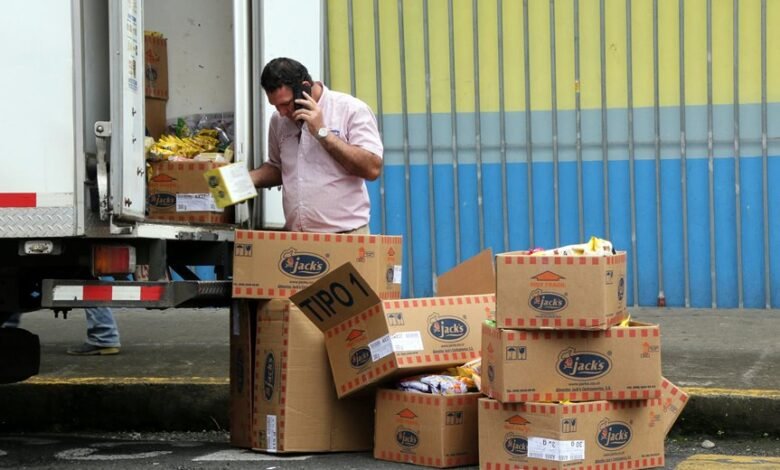290058192 Dropped Call Ratio Distribution

The dropped call ratio distribution in the 290058192 area presents a complex landscape influenced by various factors. Urban settings benefit from robust infrastructure, resulting in lower drop rates. Conversely, rural locations exhibit higher ratios due to limited coverage and environmental challenges. This disparity raises critical questions about network reliability and user experience. Addressing these issues may require strategic interventions, yet the path forward remains uncertain. What solutions could effectively bridge this gap?
Understanding Dropped Call Ratios
Dropped call ratios serve as a critical metric in evaluating the performance of telecommunications networks.
This ratio emerges from comprehensive dropped call analysis, which assesses the frequency of calls disconnected prematurely. A high ratio indicates potential deficiencies in call quality, affecting user satisfaction.
Understanding these metrics empowers stakeholders to enhance network reliability, ensuring users experience seamless communication, a fundamental aspect of their digital freedom.
Factors Influencing Call Drop Rates
Although various factors contribute to call drop rates, network congestion, signal strength, and environmental conditions emerge as primary influences.
Network congestion can overwhelm system capacity, leading to dropped calls. Conversely, insufficient signal strength diminishes the quality of connectivity, increasing call failure likelihood.
Environmental factors, such as physical obstructions and weather, further complicate the scenario, necessitating ongoing analysis to mitigate these challenges effectively.
Regional Distribution of Dropped Calls
How do regional variations impact the frequency of dropped calls?
Urban areas typically experience lower dropped call ratios due to advanced infrastructure and proximity to cell towers.
Conversely, rural networks often face higher drop rates, attributed to limited coverage and technological deficits.
These disparities highlight the importance of regional analysis in understanding the overall performance and reliability of telecommunications services across diverse geographical landscapes.
Implications for Consumers and Service Providers
While the regional distribution of dropped calls is a significant factor, the implications for consumers and service providers extend far beyond mere statistics.
For consumers, frequent dropped calls severely diminish user experiences, leading to frustration and dissatisfaction.
Service providers, facing pressure to enhance service reliability, must invest in infrastructure improvements to retain customers and maintain competitive advantage in an increasingly demanding market.
Conclusion
In conclusion, the distribution of dropped call ratios in the 290058192 area highlights the critical need for targeted network enhancements, particularly in rural regions where connectivity remains a challenge. For instance, a hypothetical case study of a rural community that implemented a localized small cell deployment could demonstrate a significant reduction in dropped calls, ultimately improving user satisfaction and loyalty. Such strategic improvements not only enhance service reliability but also foster stronger relationships between consumers and service providers.




